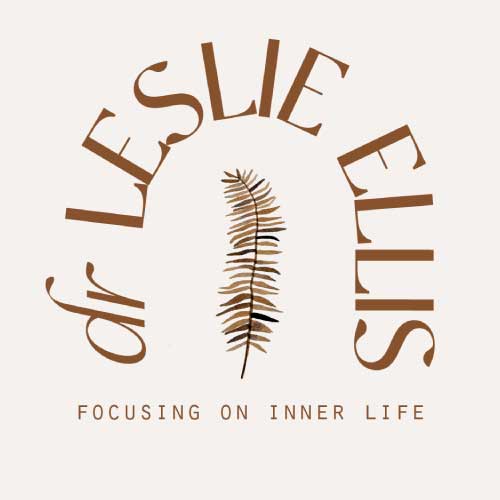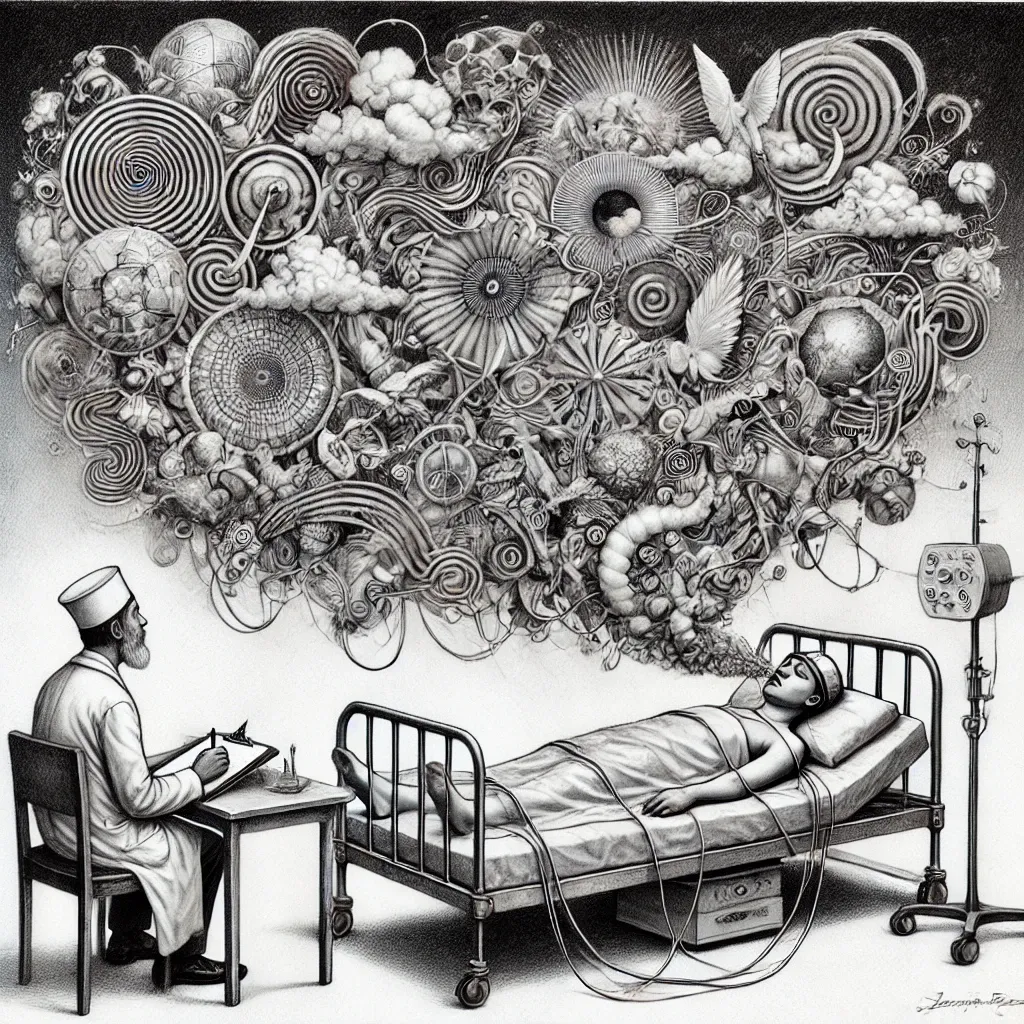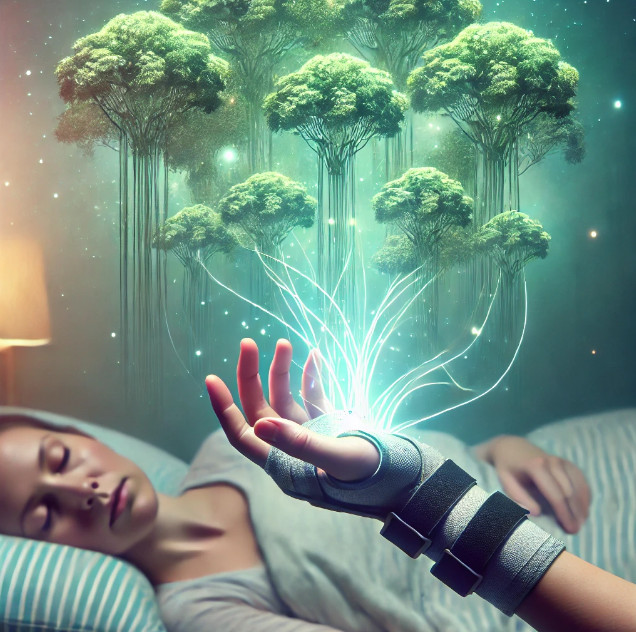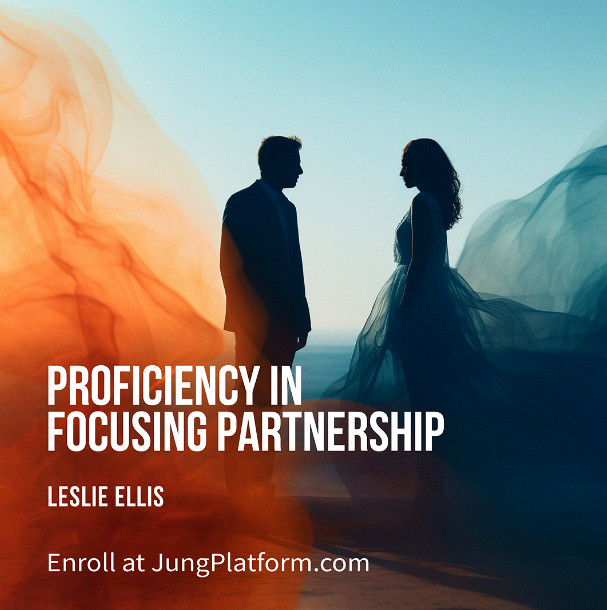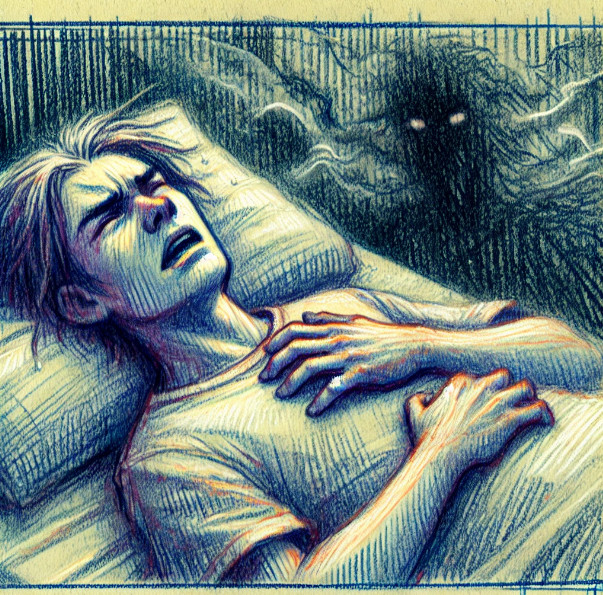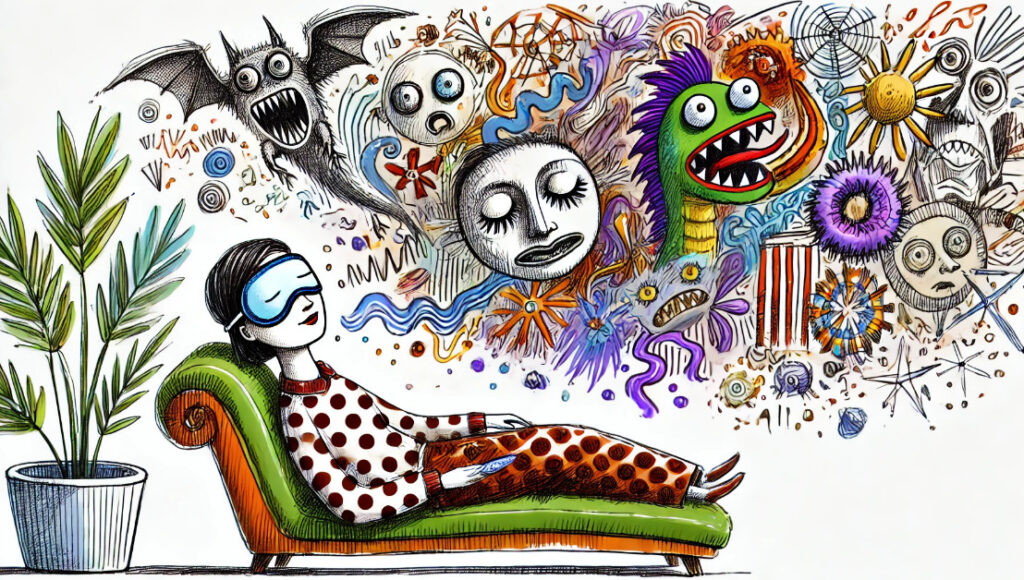How Technology is Making Our Dream Worlds More Accessible and Malleable
One aspect of dreams that makes them so mysterious is that they are notoriously difficult to study. While those who dream vividly or lucidly can accurately report their detailed dream content, most of us imperfectly capture fragments of our dreams and are left with a sense that there was so much more in our dream than we could capture. The longer we wait to document a dream, the more distorted and incomplete the dream report is likely to be.
As someone who works with dreams in clinical practice, this is not necessarily a problem. I have found that the most striking dream elements, those that break through sleep and enter consciousness, are often the most important dream events to process in sessions. Forgetting is like a natural editing process. Those with high recall who dream frequently and vividly tend to have too much material, and it can be overwhelming to sort through it all. Interestingly, when we do experiential dreamwork with highly active dreamers, their dream lives tend to quiet down – possibly because as we re-enter and metabolize dreams while awake, there is less emotional processing needed at night.
But I digress… while dream clinicians are less concerned about how closely dream reports reflect actual dreams, those who study dreams themselves really do need completeness and accuracy. Researchers have tried many ways to open up the ‘black box’ of dreaming, and with the help of a confluence of technologies, they are starting to have success.
In a review article, Remy Mallett and colleagues (2024) describe the most important current advancements for capturing, manipulating and studying dreams. Some of these ideas may apply clinically as well, especially for those who want to recall more dreams or learn how to change their dream content (more on this later). The article states, “these innovations herald a new era in dream science.” The review identifies three main areas of advancement that, taken together, are helping dream researchers to move beyond the limitations of subjective post-sleep reports to embrace more objective and scientifically rigorous approaches.
New Ways to Observe Dreams in Real Time
The first is observable dreaming, which represents a significant breakthrough in our ability to “witness” dreams as they occur. Through neural decoding techniques, researchers can now identify dream content by analyzing brain activity patterns. This approach is complemented by real-time reporting through lucid dreaming, enabling direct communication with dreamers during their dream experiences. As well, physiological measures such as eye movements and muscle activity are providing valuable insights into dream content, offering objective markers of subjective experiences.
Engineering Changes in Dreams While Dreaming
Dream engineering, the second major advance, introduces methods to actively influence and shape dream content. Through sensory stimulation during sleep, researchers can now guide dream narratives in specific directions. Targeted Memory Reactivation (TMR) has emerged as one promising technique, allowing for the strategic activation of specific memories or associations during sleep to influence dream content. For example, a recent study was able to use sound to enhance the effects of Imagery Rehearsal Therapy (IRT) – which basically involves rescripting the ending of nightmares. The reseachers paired piano chords with the dreamer’s imagined new dream ending, then played it back during the dreaming phases of sleep, and this improved the results of IRT (Schwartz et al., 2022).
Lucid dreaming serves as another powerful tool for dream manipulation, enabling participants to consciously direct their dream experiences. There has been increasing success in using technology to prompt lucid dreaming, a process called Targeted Lucidity Reactivation. The process includes pre-sleep conditioning to create a ‘lucidity mindset,’ a state of mind in which one is more likely to question the nature of their experience and ask, am I dreaming? When a sound associated with this mindset is played during REM/dream sleep, lucidity is triggered more often, even in novice lucid dreamers. Recently, this process was tailored for at home use via a phone app, and the results were impressive – tripling the incidence of lucidity in participants.
Analysis of Large Dream Databases
The third breakthrough comes in the form of computational analysis, which is transforming how we process and understand dream data. Big data approaches are revealing previously undetectable patterns in large collections of dream reports. Natural language processing tools are automating the analysis of dream content, making it possible to process vast amounts of dream narratives efficiently and systematically. Network analysis of dream reports has shown particular promise in clinical applications, potentially aiding in the diagnosis and treatment of various psychological conditions.
Clinical Applications
These advances offer strong potential for therapeutic applications. The article discusses particularly promising developments in the treatment of nightmares and PTSD. By combining traditional approaches like Imagery Rehearsal Therapy with dream engineering techniques, clinicians may have more effective tools for addressing sleep-related psychological distress. The ability to influence dream content directly could revolutionize how we approach trauma-related sleep disturbances and other dream-related psychological challenges.
What makes these advances particularly exciting is their complementary nature. While dream engineering provides tools for manipulating dream content, computational analysis helps us understand the patterns that emerge from these manipulations, and observable dreaming techniques offer ways to validate findings. This triangulation of methods strengthens the scientific validity of dream research and opens new avenues for understanding the relationship between dreaming and psychological well-being.
Challenges and Caveats
Several significant challenges remain in the field. The reliability of lucid dream induction remains inconsistent, limiting the broader applicability of this technique. Questions persist about whether findings from lucid dream research can be generalized to non-lucid dreams, which represent the majority of dream experiences. Current technology, while advancing rapidly, still has precision limitations that affect the ability to decode and influence dream content with high accuracy. Additionally, there are ongoing discussions about how best to assess dream incorporation – that is, how to measure the extent to which specific elements appear in dreams.
Looking forward, the field appears poised for further advances, spurred by the development of more sophisticated neural decoding techniques, improved methods for dream manipulation, and more powerful computational tools. While this is excellent for deepening the understanding of dreaming, I wonder how much manipulation of our dreams is truly helpful – or if the resulting dreams truly represent dreaming in its ‘wild’ state.
Are Hybrid States Authentic Dreaming?
When something like waking consciousness is added to dreaming, and we are aware of and able to manipulate our dream content, what results is a hybrid state of consciousness that is no longer natural dreaming. As someone who appreciates the healing power of dreams, even the intense ones, I have some concern about processes that shift the dream into something more palateable, possibly skipping the very processes the dream is trying to engender.
When I expressed this concern to Mallet, the article’s lead author, he said he tends to agree: everything in moderation. There is clearly a balance to be struck here, because anything that provides nightmare sufferers with some relief and restful sleep is a good thing.
Still, just because we can manipulate or become lucid in our dreams does not mean we should always do so. A study hot off the press (Carr et al., 2024) shows that caution and more information is needed. The researchers surveyed 1332 people about their dreams and mental health symptoms and found that the interaction between nightmares and lucid dreaming was a significant predictor of depressive symptoms. They also found that lucid dreaming predicts poor sleep quality, stress and anxiety, but that these latter symptoms could be accounted for by nightmares alone.
With a mix of caution and optimism, I welcome the advances researchers are making to better understand dreams. The pace of technological change is brisk, and it’s exciting to see the various new avenues it allows the study of dreams to take. So much of value can be learned. However, I am dubious about the prospect of opening up and altering our dream worlds too much – they are private, deep nocturnal experiences that have something of a wild nature I am reluctant to fully capture and tame.
References
Carr, M., Youngren, W., Seehuus, M., Semin, R., Angle, E., & Pigeon, W. R. (2024). The Effects of Lucid Dreaming and Nightmares on Sleep Quality and Mental Health Outcomes. Behavioral Sleep Medicine, 1-8.
Konkoly, K. R., Whitmore, N. W., Mallett, R., Mazurek, C. Y., & Paller, K. A. (2024). Provoking lucid dreams at home with sensory cues paired with pre-sleep cognitive training. Consciousness and Cognition, 125, 103759.
Mallett, R., Konkoly, K. R., Nielsen, T., Carr, M., & Paller, K. A. (2024). New strategies for the cognitive science of dreaming. Trends in Cognitive Sciences.
Schwartz, S., Clerget, A., & Perogamvros, L. (2022). Enhancing imagery rehearsal therapy for nightmares with targeted memory reactivation. Current Biology, 32(22), 4808-4816.
Join me on substack for an ongoing journey into the world of dreaming!
www.https://dreamsdemystified.substack.com/
Subscribe to get full access to my complete book chapters, publication archives, and to come: recordings, lectures, papers and more.
